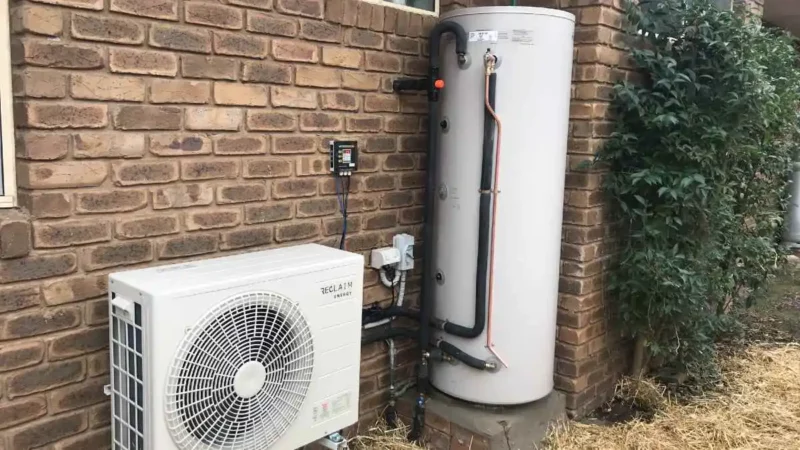A reliable hot water system in Gold Coast homes isn’t just about comfort, it’s a necessity. From hot morning showers to washing dishes at night, it plays a crucial role in your everyday routine. But just like any appliance, it won’t last forever.
The key is recognising the signs before your system completely gives out. If you can spot them early, you’ll avoid the cold water shock and costly emergencies. Let’s walk through the most common indicators your hot water system might need replacing.
Common Signs Your Hot Water System is Failing
1. Your hot water just isn’t hot enough
If your water takes longer to heat, comes out lukewarm, or turns cold halfway through a shower, your system isn’t keeping up. This can be caused by worn-out heating elements, faulty thermostats, or sediment blocking heat transfer. Inconsistent water temperature is one of the clearest signs of a struggling unit.
2. Rusty or discoloured water
If hot water from your tap appears brown, reddish, or murky, it could indicate rust inside your tank. This often means the anode rod, a component that helps prevent internal corrosion, has worn out, or the tank itself is deteriorating. Left unchecked, this could lead to leaks or even complete tank failure.
3. Strange noises from the tank
Popping, banging, or rumbling noises usually mean sediment has built up at the bottom of the tank. As water heats up, the sediment hardens and creates mini explosions that stress the tank and reduce efficiency. Over time, this can lead to overheating and eventual rupture of the unit.
4. Visible leaks or pooling water
Even a small amount of water under your system is a red flag. It could be coming from a loose connection, temperature-pressure relief valve, or a cracked tank, especially if the system is older. Moisture or corrosion around valves and fittings can also signal internal damage.
5. It’s more than 10 years old
Hot water systems typically last 8 to 12 years depending on maintenance, water quality, and usage. If your unit is over a decade old, it’s at higher risk for efficiency loss, corrosion, and surprise breakdowns. At this stage, it often makes more financial sense to replace rather than repair.
6. Your energy bills are climbing
Older or failing hot water systems become less energy-efficient. They may need to heat water more frequently or for longer periods which increases electricity or gas usage. If your power bill has started to rise and nothing else has changed, your water heater could be the cause.
7. Reduced water pressure
If your hot water flow has weakened compared to your cold water, it could be due to internal scaling, corrosion, or sediment buildup inside the tank or connecting pipes. These blockages reduce pressure and can affect your system’s ability to deliver water consistently.
8. Water has a metallic taste or smell
Water that tastes metallic or smells slightly off may indicate mineral deposits, bacterial growth, or corrosion inside your tank. Not only is this unpleasant, but it can be unhealthy over time. It’s another sign your system may be degrading from the inside.
Repair or Replace? Here’s What to Consider
Some issues like a faulty thermostat or pressure valve can be fixed easily and affordably. But if you’re dealing with multiple symptoms such as leaks, discoloured water, or an aging unit, it’s often more cost-effective to go with a full replacement.
Not sure what type of system is best for your home? You’ve got options. Traditional storage tank systems are reliable for larger households, while continuous flow (instant) systems offer great energy savings and never run out of hot water. Whether you’re considering gas, electric, or solar, EVR Plumbing can help you choose the right system and install it with zero hassle.
Don’t Wait for a Cold Shower
If your hot water system is on the decline, acting early can save you time, stress, and money. Replacing it before it fails completely helps you avoid cold mornings, water damage, and emergency call-outs.If you’ve noticed any of these warning signs, get in touch with EVR Plumbing. Our team can assess your current system, walk you through your options, and make sure you’re set up with reliable hot water for years to come.

